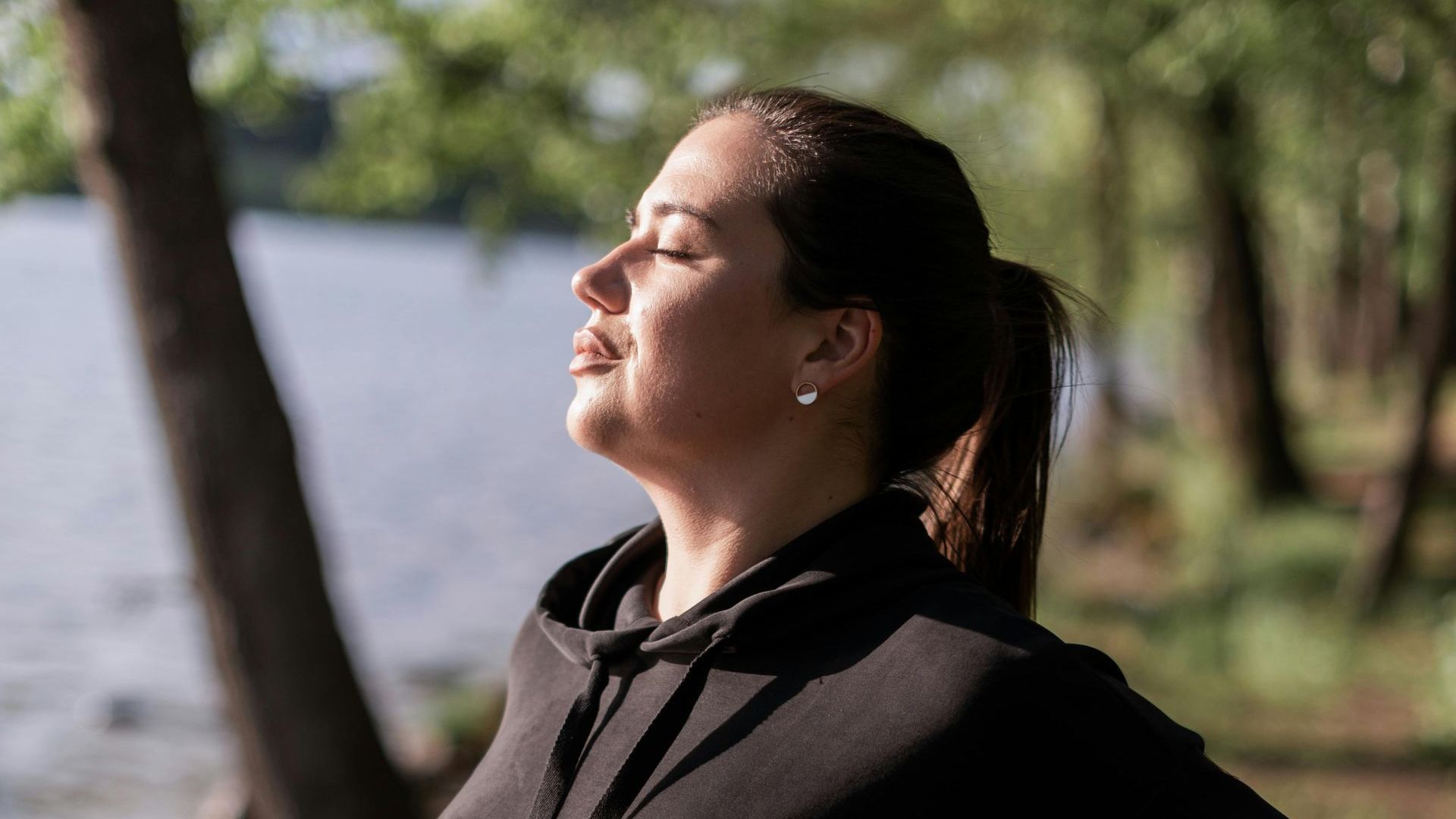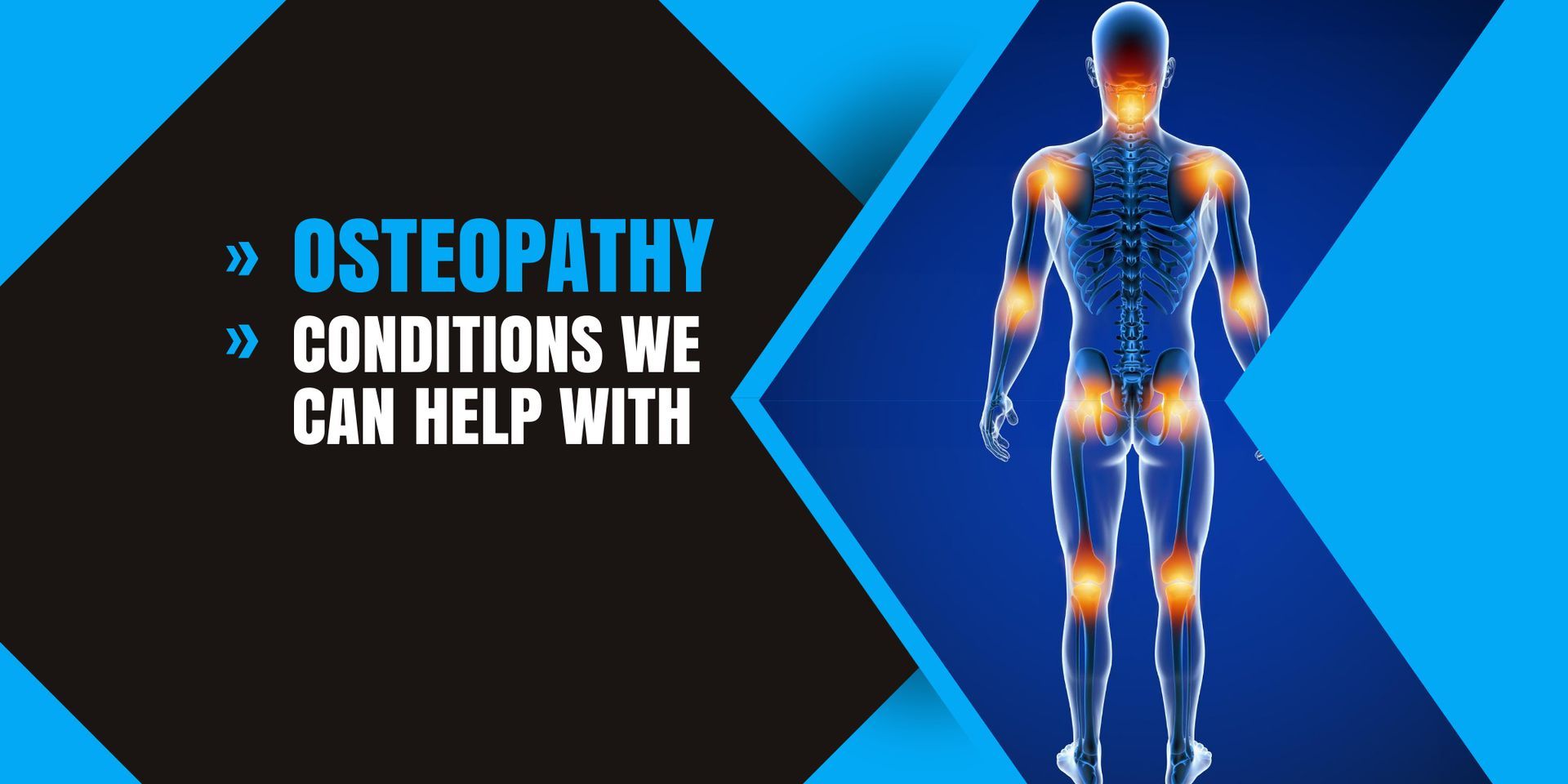How to Support Your Body Between Osteopathy Sessions
Taking care of your body between osteopathy sessions

Osteopathy is a great way to improve mobility, ease pain, and help your body function at its best. But what happens between appointments? Many people wonder how they can enhance the benefits of their treatment and maintain good health.
Here are some practical ways to support your body and get the most from your osteopathic care.
1. Stay Hydrated
Drinking enough water is essential for keeping your muscles and joints healthy. After an osteopathy session, your body may release toxins, and proper hydration helps flush them out. Try to drink at least 1.5 to 2 litres of water per day to keep your body functioning well.
2. Keep Moving – But Gently
Staying active is key to maintaining mobility and preventing stiffness. Gentle movements such as walking, stretching, or yoga can help your body stay flexible. Avoid high-impact activities immediately after treatment, but do aim for light movement every day.
3. Check Your Posture
Many aches and pains stem from poor posture, especially if you spend long hours sitting. Try to keep your spine aligned, shoulders relaxed, and avoid slumping forward. Adjust your work setup if needed, using ergonomic chairs or standing desks for better support.
4. Practice Deep Breathing
Breathing deeply can help reduce stress, relax tight muscles, and improve circulation. Try this simple exercise: breathe in through your nose, letting your belly rise, then exhale slowly through your mouth. Doing this for a few minutes daily can make a difference.
5. Get Enough Sleep
Your body repairs itself while you sleep, so make rest a priority. Aim for 7–9 hours of quality sleep each night. A supportive mattress and pillow can also help keep your spine aligned and prevent discomfort.
6. Eat Foods That Reduce Inflammation
What you eat affects how your body feels. Foods like oily fish, nuts, seeds, and leafy greens can help reduce inflammation and keep your joints and muscles healthy.
Try to limit processed foods and excessive sugar, which can contribute to stiffness and pain.
7. Manage Stress Levels
Stress often leads to muscle tension, which can undo some of the benefits of osteopathy.
Activities like meditation, gentle exercise, or spending time outdoors can help lower stress and support your body’s healing process.

8. Listen to Your Body
If something doesn’t feel right, pay attention. Mild soreness after treatment is normal, but persistent discomfort could mean you need to adjust your daily activities or check in with your osteopath. Trust your body’s signals and make adjustments as needed.
9. Use Heat or Cold for Relief

If you experience minor aches, using a heat pack can relax tight muscles, while a cold pack can help reduce inflammation. Knowing when to use each can help ease discomfort between sessions.
10. Follow Your Osteopath’s Advice
Your osteopath knows your body’s unique needs and may suggest specific stretches, exercises, or lifestyle changes. Following their recommendations will help you maintain progress and feel your best between treatments.
Final Thoughts
Taking care of your body between osteopathy sessions helps you maintain the benefits of treatment and prevent further issues. Simple daily habits - staying hydrated, moving gently, eating well, and managing stress - can make a big difference.
If you have any concerns or need additional advice, don’t hesitate to ask your osteopath at your next appointment.







